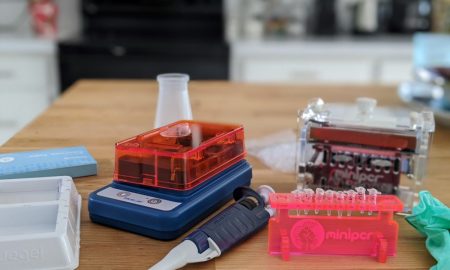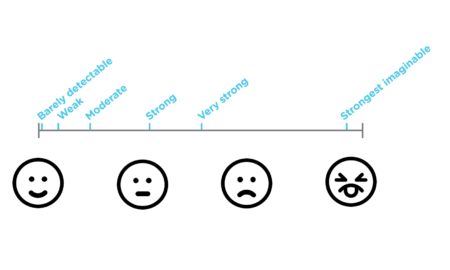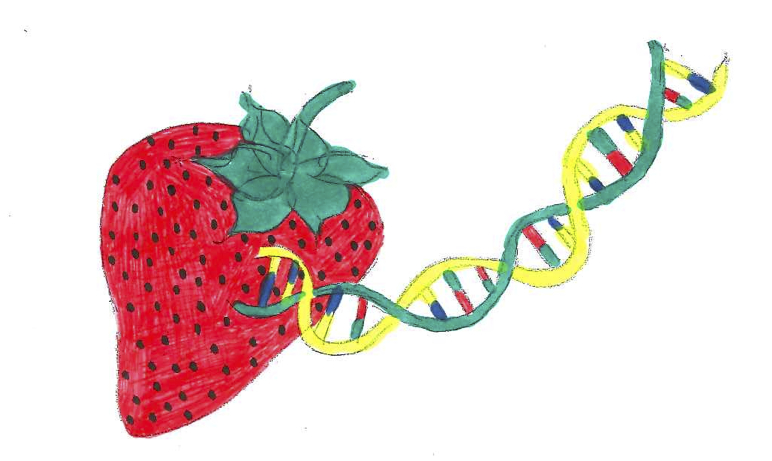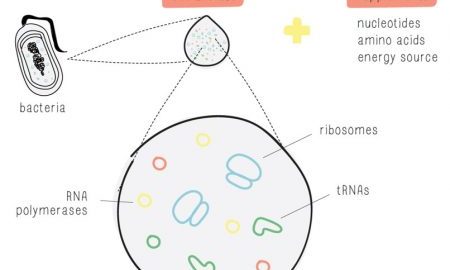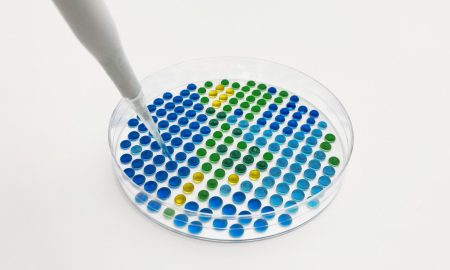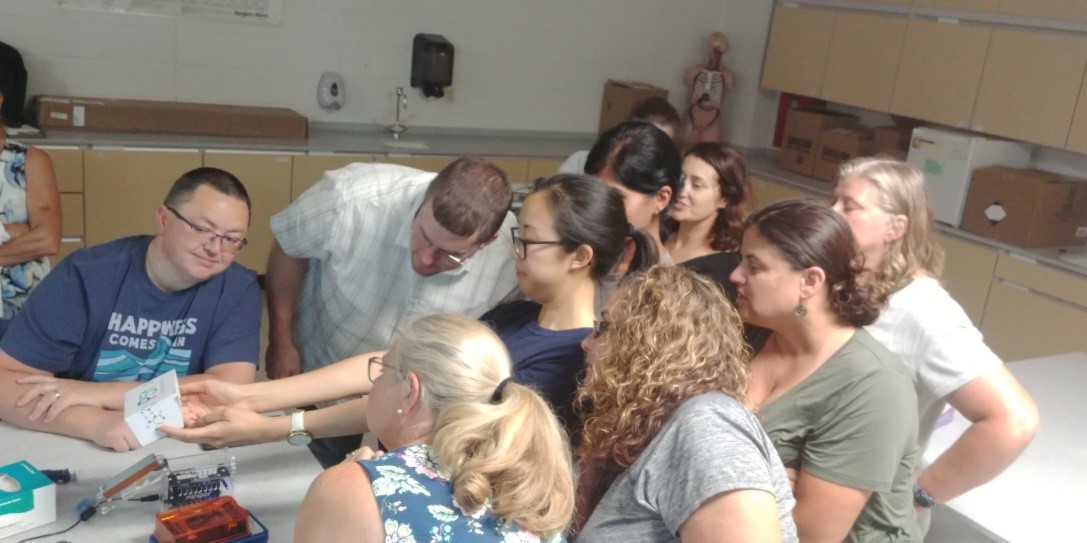Introducing the updated PTC Taster Lab! All-new curriculum for our most popular lab
Linking genotype to phenotype is a fundamental concept in any biology class, and students are always curious to learn more about what in their DNA makes them who they are. However, simple examples of a direct link between genotype and phenotype in humans are hard to come by. That’s why the genetics of bitter taste perception have become such a classic classroom model to take students from DNA to an observable trait: the ability to taste the bitter chemical phenylthiocarbamide (PTC).
We are excited to announce an all-new curriculum for our PTC Taster Lab! In this lab, students use molecular techniques (PCR, restriction digest, gel electrophoresis) to genotype themselves at a locus that controls our ability to perceive the bitter taste of PTC. Whether you are introducing simple Mendelian genetics or tackling more complex topics like G protein-coupled receptors (GPCRs), our new curriculum will meet your students at their level.

The best part is that the lab guide includes three extension activities to challenge students and enrich their learning!
Quantifying PTC taste intensity: Some evidence from PTC taste tests in humans suggests that people who are heterozygous for the TAS2R38 gene (Tt) may have an intermediate sensitivity to PTC (Bufe et al., 2005). Students will use published methods for scoring taste perception and further investigate the relationship between TAS2R38 genotype and PTC taste intensity.
Using the Hardy-Weinberg equation: Use the genotype data from your class to see if your class is in Hardy-Weinberg equilibrium and test for divergence using a Chi-squared test.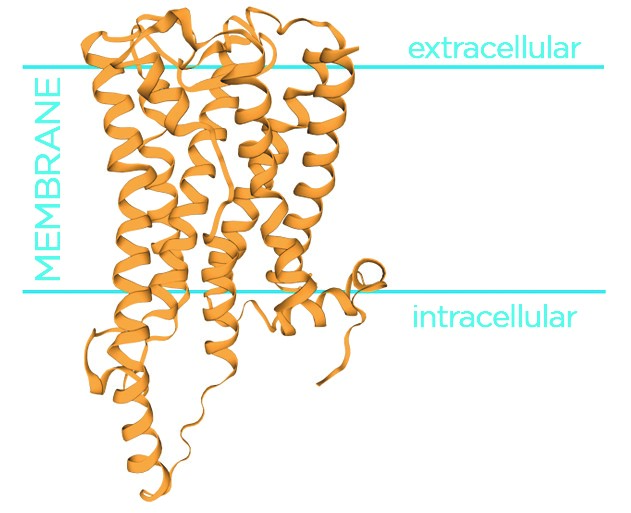
G protein-coupled receptors: TAS2R38 is a G protein-coupled receptor. Delve into GPCRs and signal transduction. Students will analyze the locations of amino acid variants in the structure of the protein and predict how each may affect protein function.
This lab is great for classes of all levels. Check out the complete PTC Taster Lab today (see “Downloads” tab at linked page) to see the curriculum for yourself!

